 WhatsApp
WhatsApp
 Call Us
Call Us
 Email Us
Email Us
 Whatsapp Community
Whatsapp Community
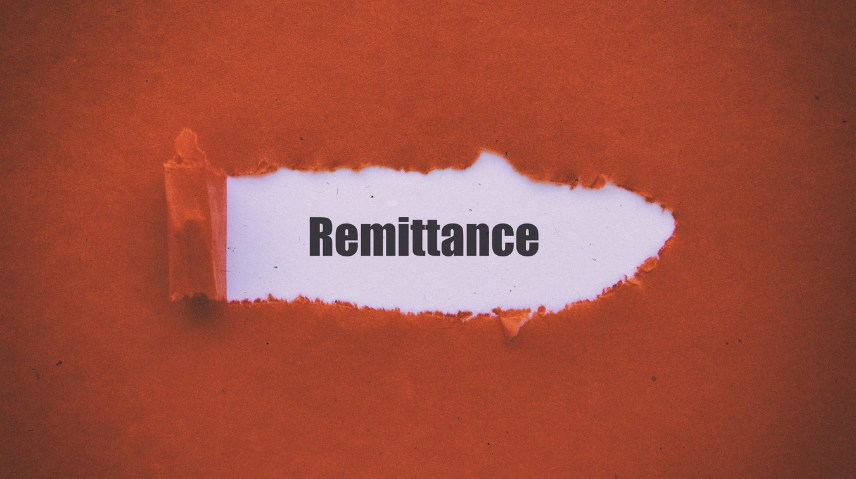
A new U.S. tax proposal could significantly impact NRIs (Non-Resident Indians) living in America who send money to their families back home in India. The House Ways and Means Committee has introduced a Republican-supported bill—the “One Big Beautiful” Tax Act—that proposes a 5% remittance transfer tax on money sent from the U.S. to other countries, including India.
While the bill is still awaiting approval in the Senate, it’s crucial for NRIs on H1B, L1, F1 visas, and even Green Card holders to understand how this could affect their future financial transfers. If passed, the law is expected to come into effect from January 1, 2026.
Let’s break it down.
Under the proposed Internal Revenue Code – Chapter 36C, Section 4475, a flat 5% tax will be charged on all remittance transfers—i.e., money sent from individuals in the U.S. to recipients outside the country. This is not an income tax but a transaction-based tax that applies each time you send money abroad.
Example: If you transfer $10,000 to India, a tax of $500 will be collected at the time of transfer.
If the bill passes Congress and is signed into law, the tax will be applicable from January 1, 2026, for all outbound transfers. Any refund or reporting requirements related to this tax will begin with tax years ending after December 31, 2025.
This tax primarily targets non-citizen U.S. residents, including:
If you're residing in the U.S. and frequently remit money to your family in India, this tax will directly affect your outflows.
The following are proposed to be exempt:
Even if a U.S. citizen accidentally pays this tax, they may be eligible to claim a full tax refund—but only with a valid Social Security Number (SSN) and relevant proof.
The tax will be collected at the source—by the money transfer service, bank, app, or remittance provider. Here’s how it will work:
To prevent users from bypassing this tax, the proposed bill contains anti-conduit and anti-abuse provisions. These rules ensure that even indirect transfers or schemes—like routing funds via friends, shell accounts, or third-party channels—will be scrutinized and penalized.
Let’s say you’re an H1B visa holder in the U.S. and send $20,000 to India in February 2026.
If you’re an NRI living in the U.S. and regularly remit money to India, here’s how you can prepare:
1. Track All Foreign Transfers
Maintain clear, date-wise records of all past and future international remittances.
2. Review Your Visa & Citizenship Status
If you’re on the path to U.S. citizenship or permanent residency, your future tax status might differ.
3. Choose the Right Remittance Provider
Ensure your remittance platform is IRS-compliant and clearly discloses any applicable taxes.
4. Stay Updated with Legislative Changes
Since the bill is still under discussion, it’s wise to monitor any amendments or exemptions that might be introduced.
5. Consult a Cross-Border Tax Advisor
Tax implications can vary widely depending on your visa status, income, and remittance volume. A qualified professional can help optimize your strategy.
If enacted, this 5% tax could significantly increase the cost of sending money to India for a wide range of NRIs in the U.S. With many families depending on these funds, the tax could lead to reduced remittances or a shift in remittance behavior.
The move signals a broader change in U.S. tax policy aimed at capturing revenue from outbound financial flows. While the bill still awaits final approval, NRIs should plan early, remain well-informed, and work with experienced advisors to navigate this evolving landscape.
At Dinesh Aarjav & Associates, we specialize in NRI advisory services, offering expert guidance in cross-border taxation, NRI tax planning, NRI financial planning, and remittance advisory. Our team has 25+ years of experience helping clients across the U.S., India, UK, Canada, and the UAE.
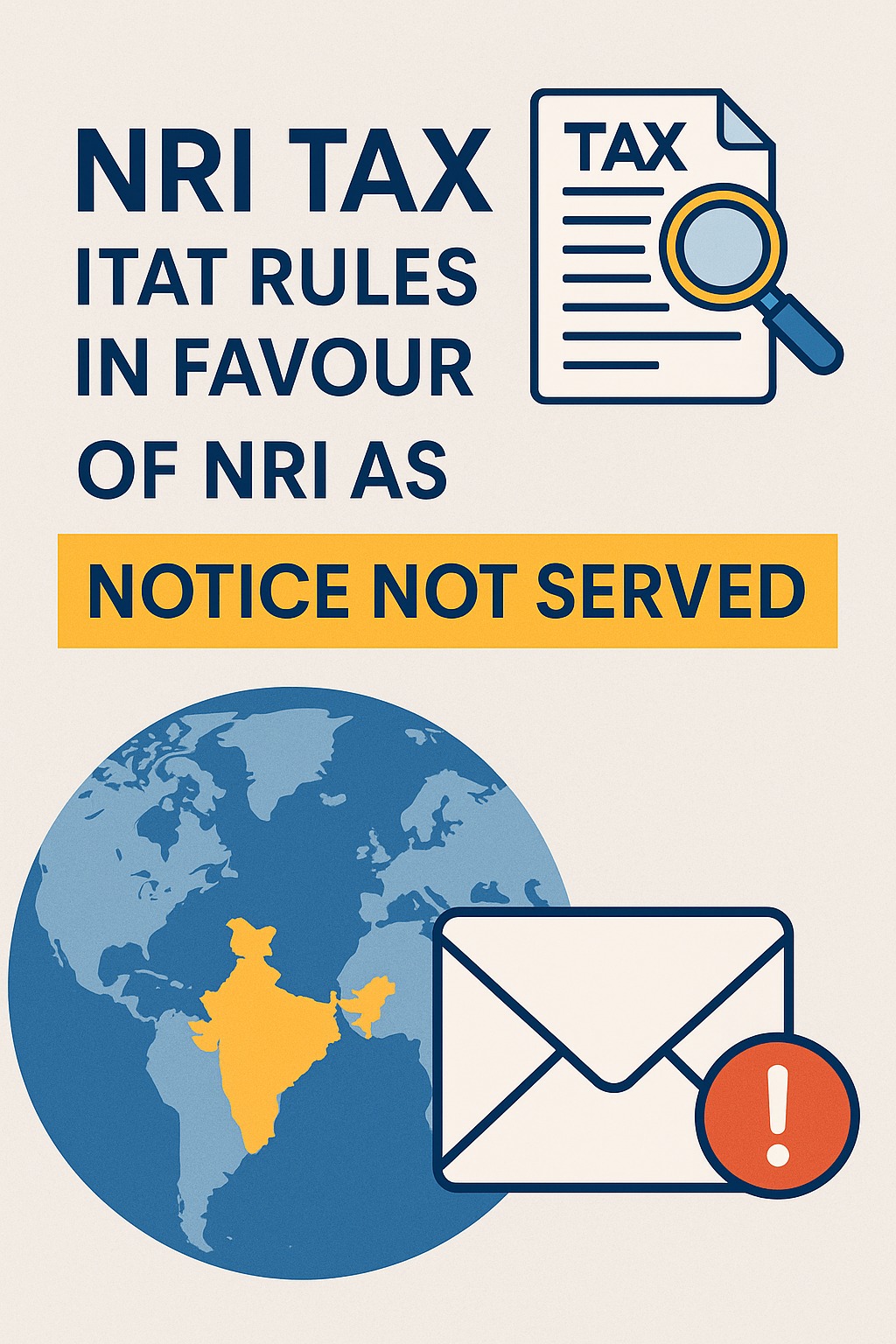


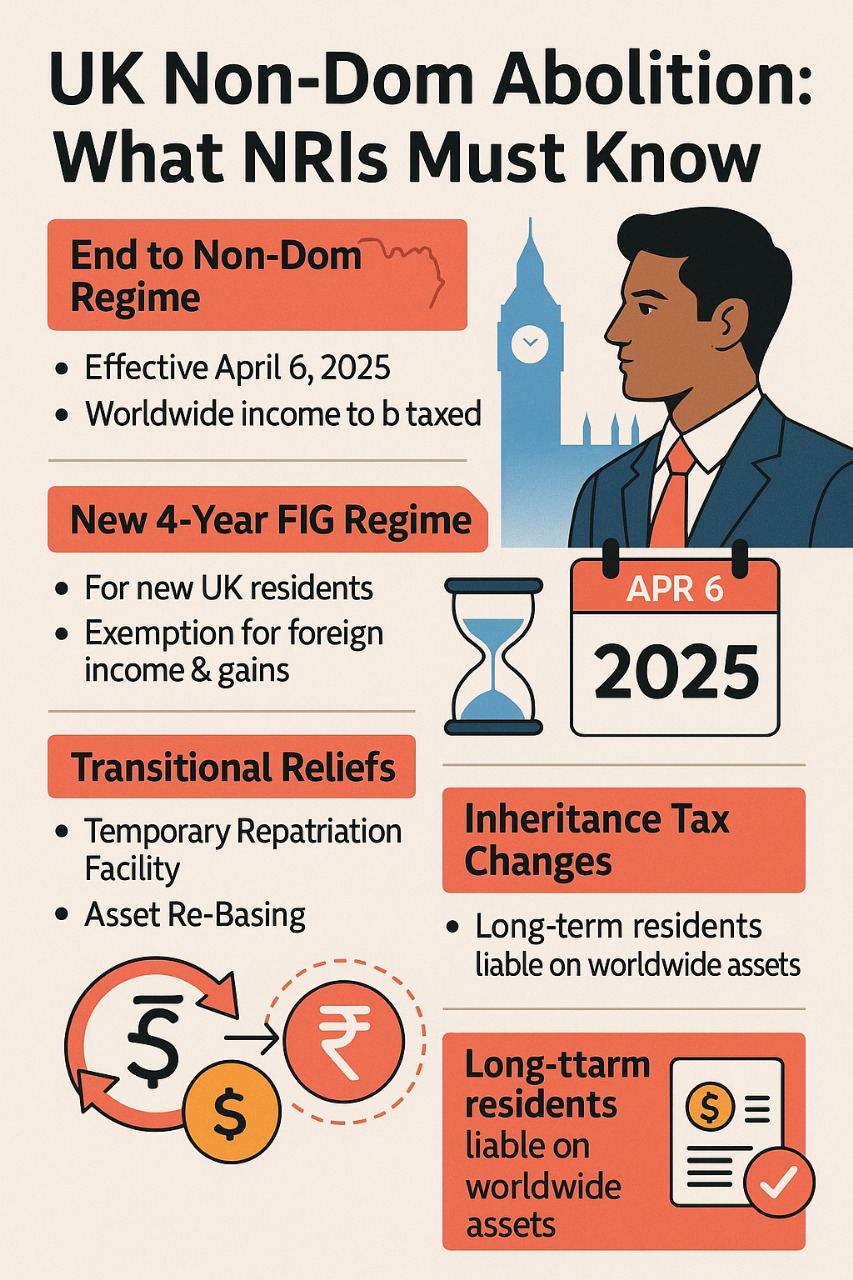

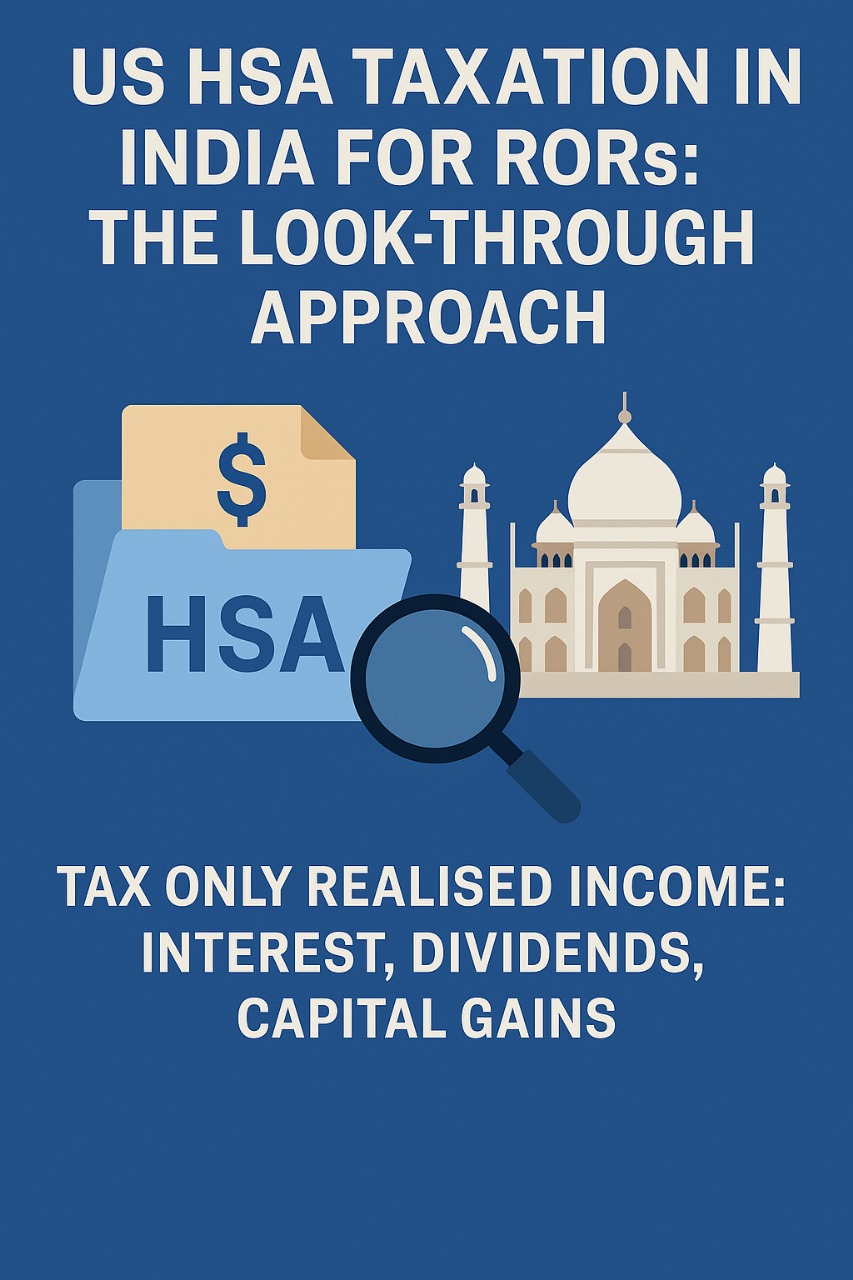
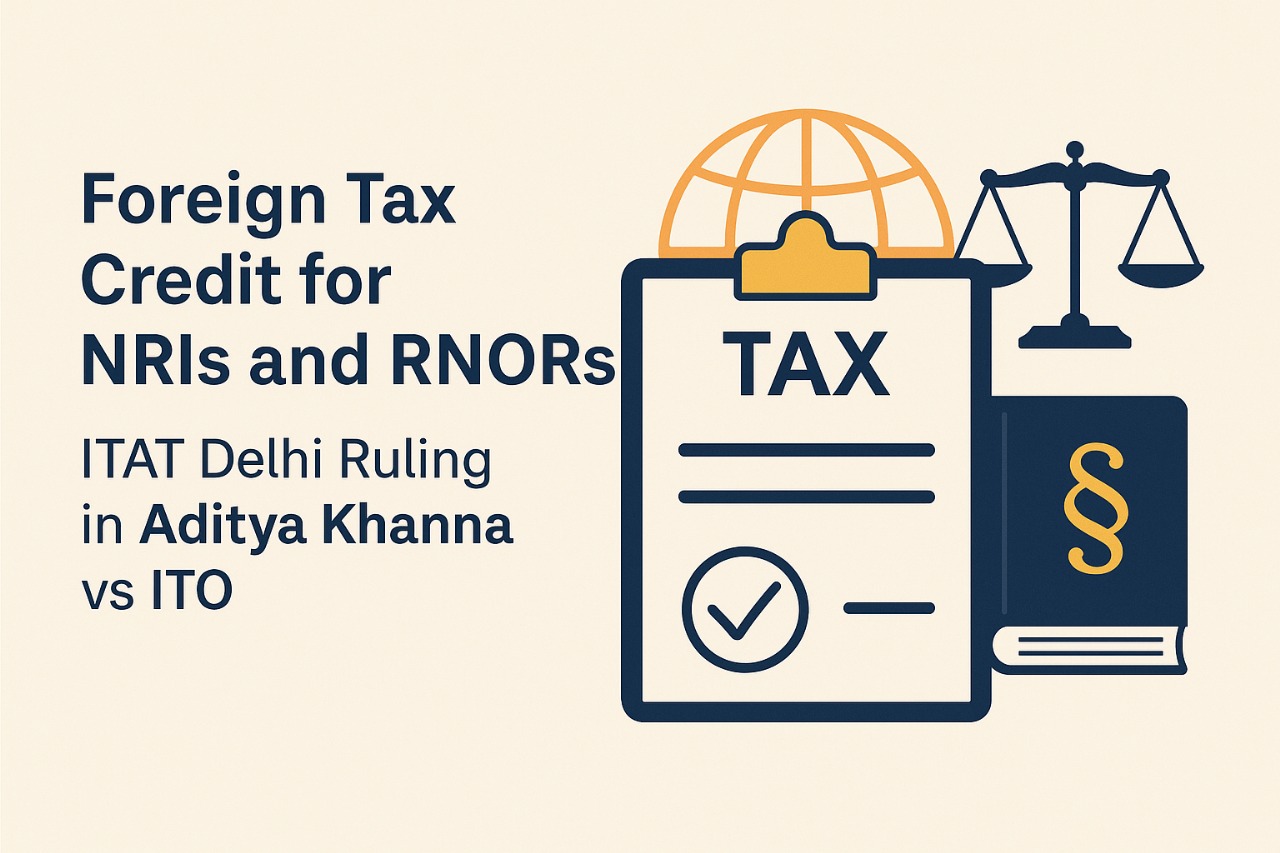
Stay in the loop, subscribe to our newsletter and unlock a world of exclusive updates, insights, and offers delivered straight to your inbox.